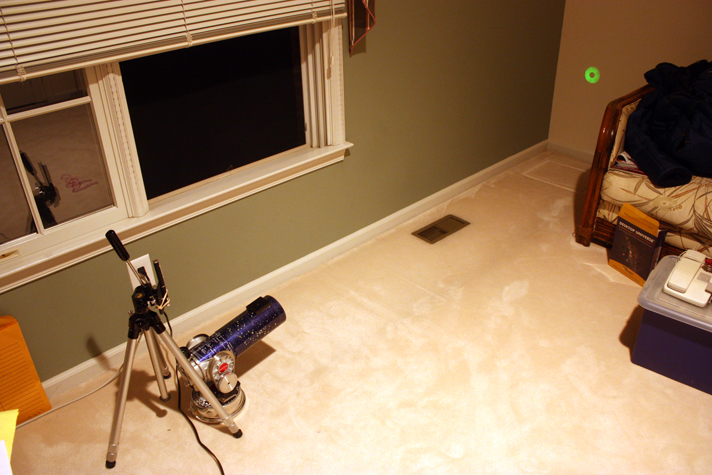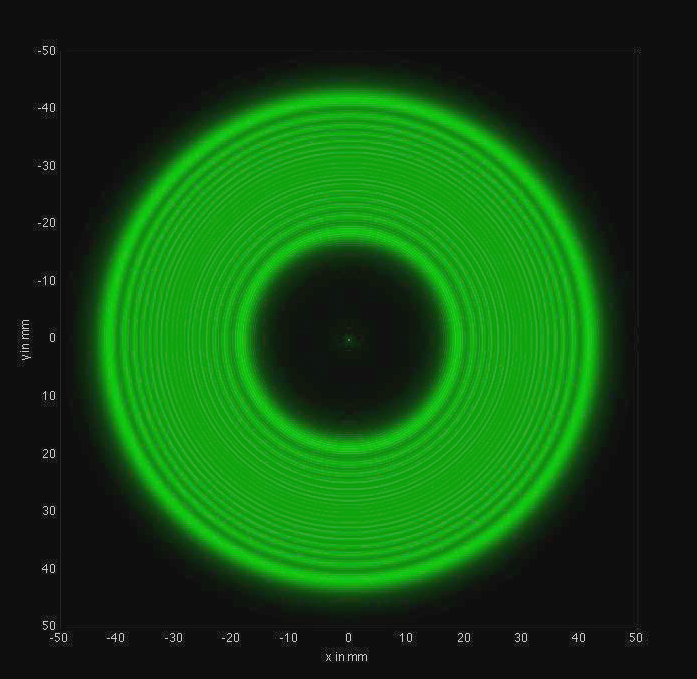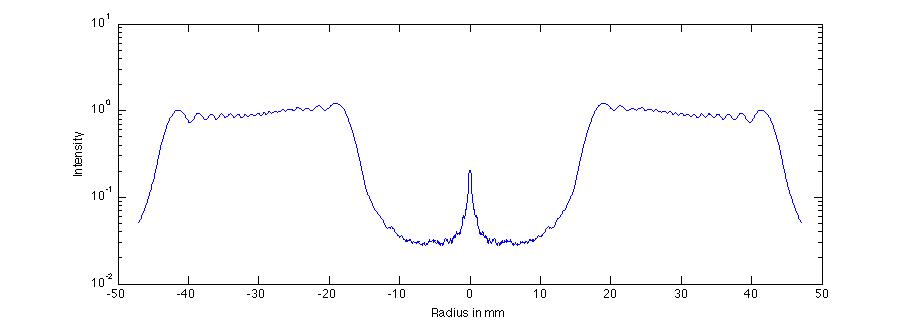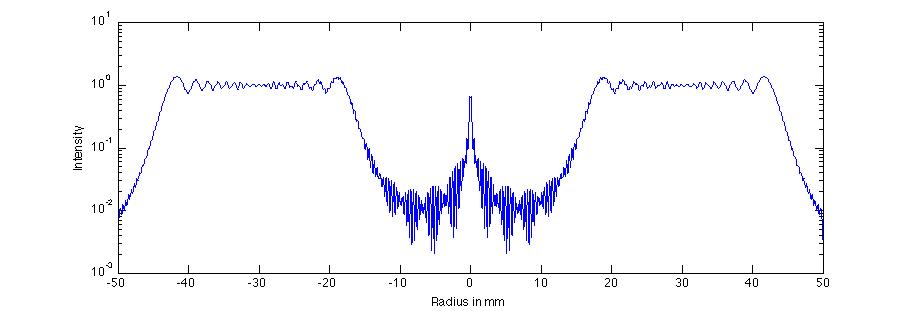Poisson's Spot (aka Spot of Arago)
From the author of Sizing Up The Universe
May 6, 2011.
In 1818, Augustin Fresnel submitted a paper on the theory of diffraction for a competition sponsored by the French Academy. His theory represented light as a wave, as opposed to a stream of tiny little particles, which was the subject of a debate that lasted since Newton's day. Siméon Poisson, a member of the judging committee for the competition, was very critical of the wave theory of light. Using Fresnel's theory, Poisson deduced the seemingly absurd prediction that a bright spot should appear behind a circular obstruction, a prediction he felt was the last nail in the coffin for Fresnel's theory.
However, Dominique Arago, another member of the judging committee, almost immediately verified the spot experimentally. Fresnel won the competition, and, although it may be more appropriate to call it "the Spot of Arago," the spot goes down in history with the name "Poisson's spot" like a curse.
The experimental setup:
Green laser pointer aimed into 8mm Brandon eyepiece on a 3.5" Questar.

Shining the laser "backwards" through the telescope creates a collimated beam that is more or less uniform over the pupil of the telescope. The central obstruction on the corrector plate serves as the circular obstruction blocking the central part of this collimated beam. Hence, the green beam illuminating the wall about 10 feet from the telescope shows a circular beam of green light with a circular shadow corresponding to the central obstruction. Close inspection reveals Poisson's spot near the center of the shadow.
A close-up of the wall:

For this image, I used a longer (21 meter) baseline to get a better view of the
spot.
I believe the nonconcentric diffraction patterns are from dust on the
laser's window.
Here's a computer simulation showing how the spot should look.

Semi-log cross-sectional plots.
From photograph:

From simulation:

Click
here
and
here
and
here
to download the C code used to generate this simulation
and the Matlab code used to make the picture.